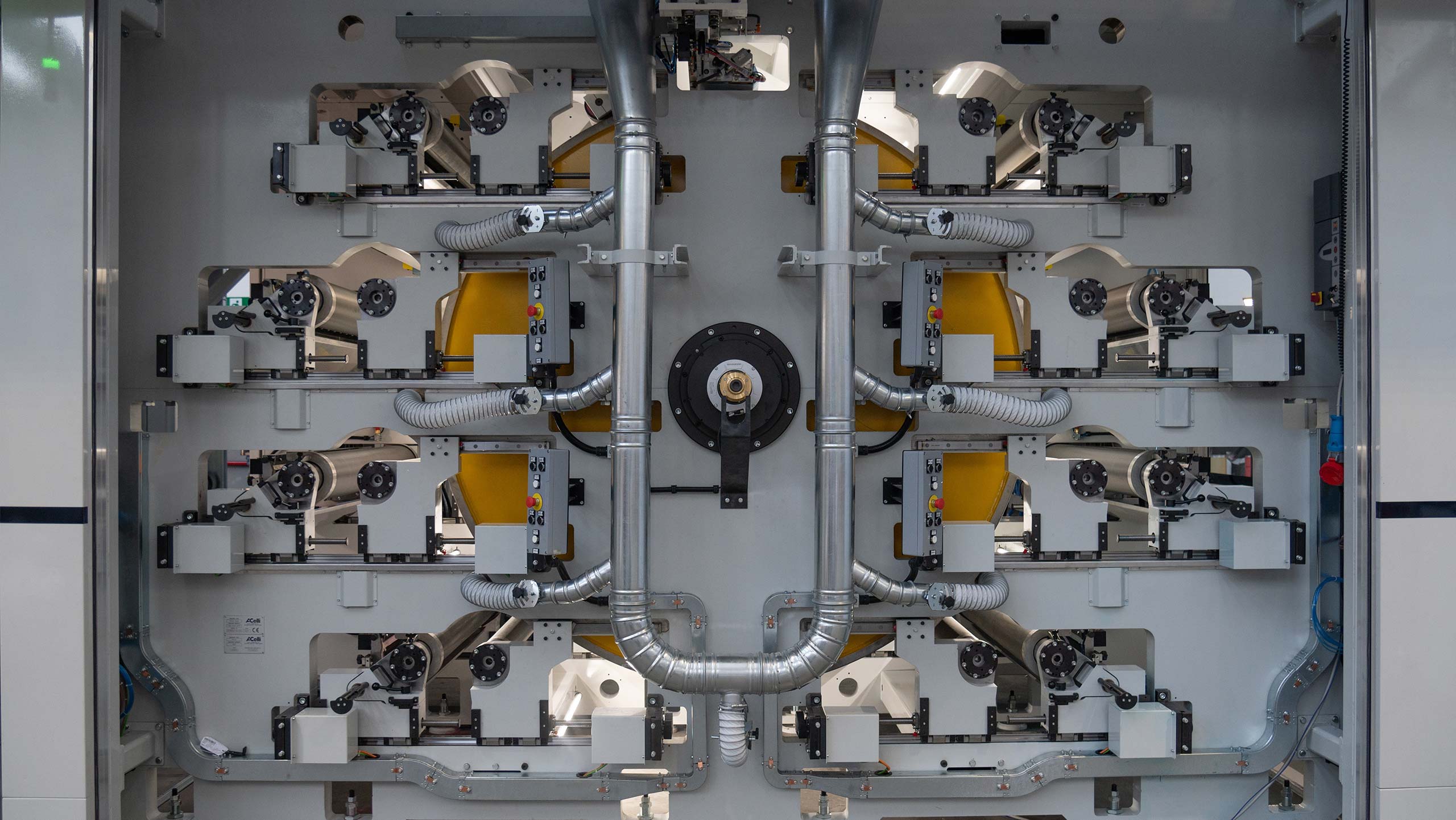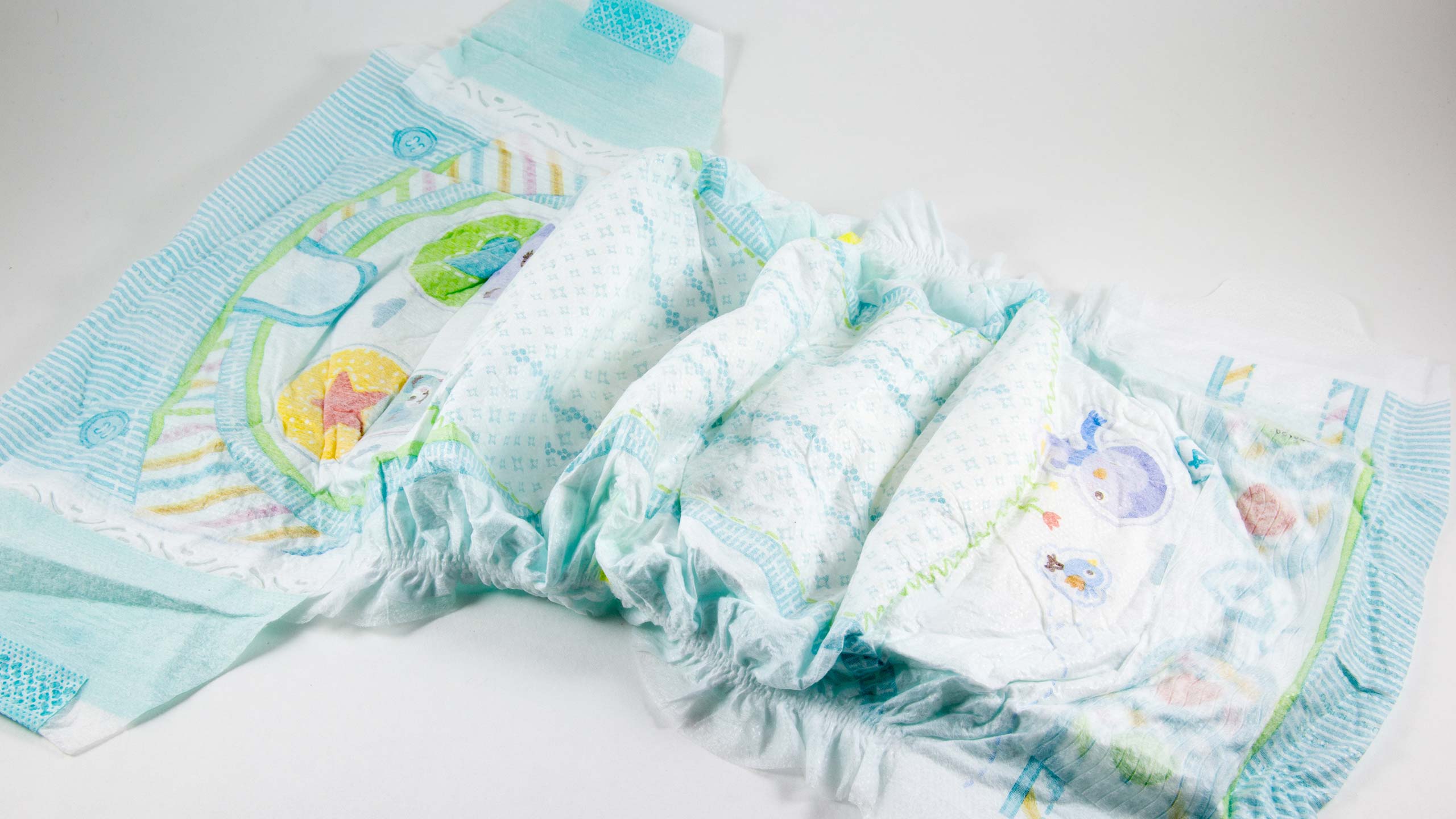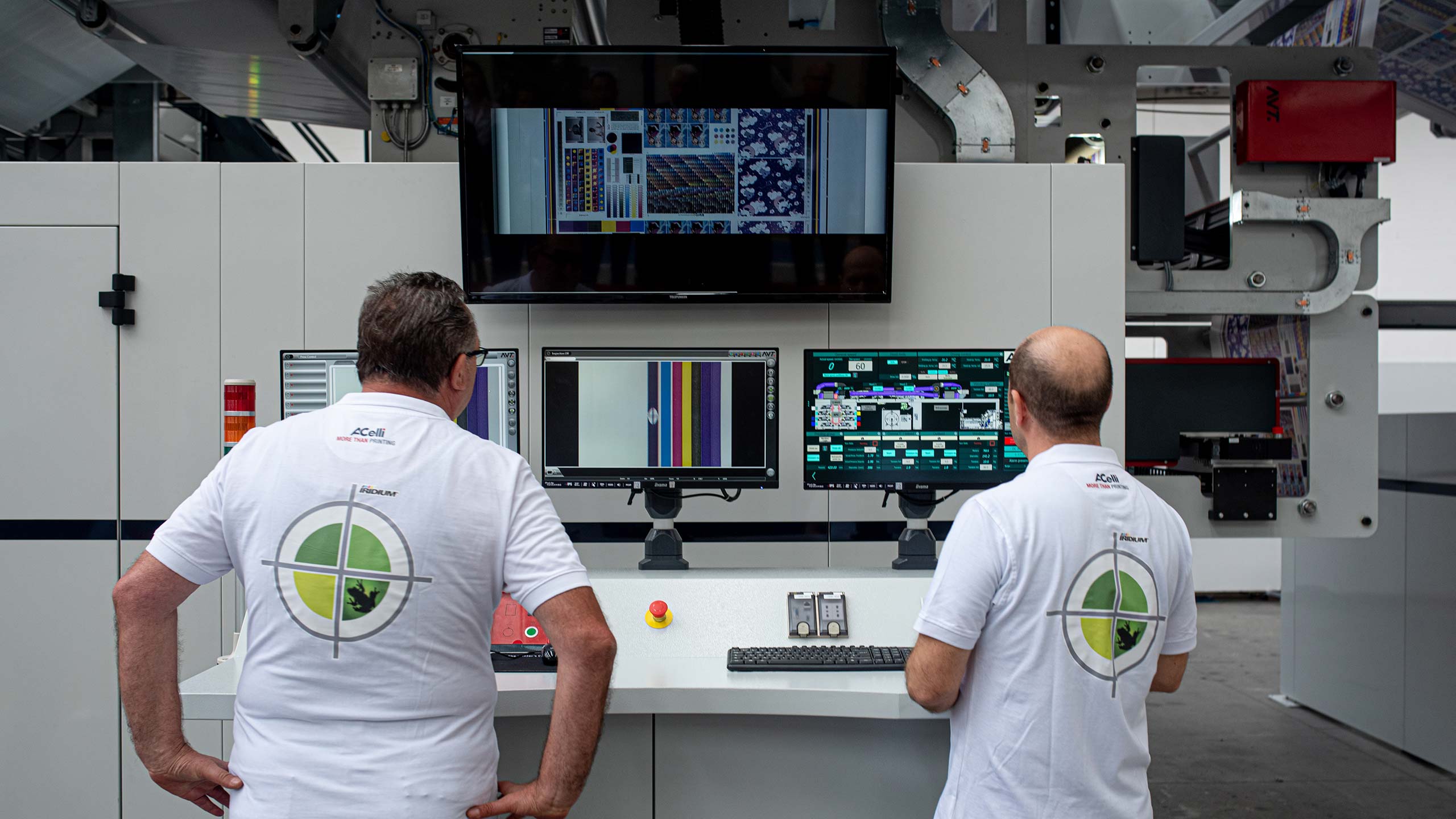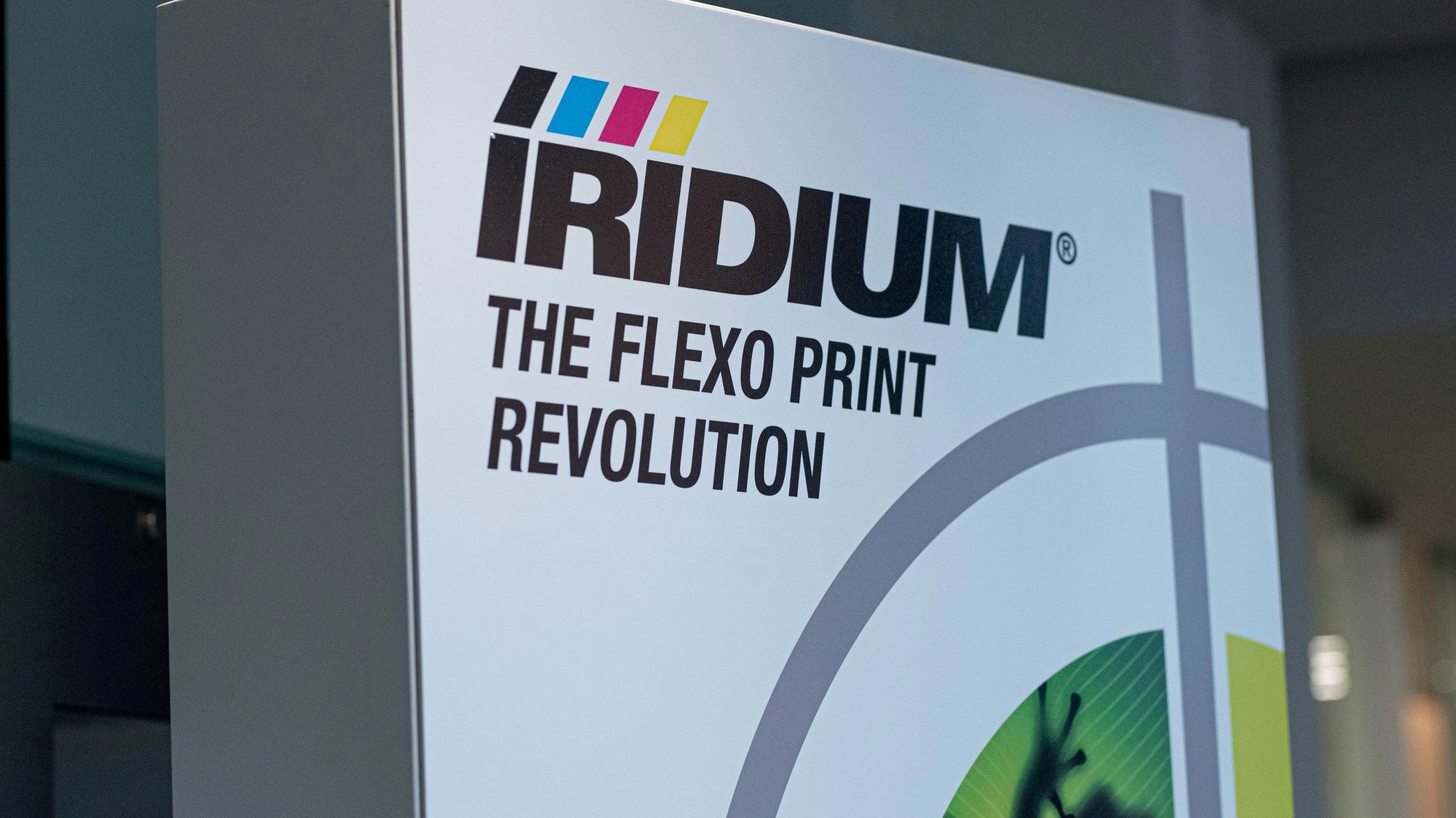
The Company
Topics
Contacts

printing solutions
Flexographic – abbreviated to flexo – printing is a form of rotary printing in which quick-drying inks are transferred from flexible printing plates to a substrate.
This is primarily used for large-scale printing of text and images on a variety of materials such as plastic, metallic film, paper and nonwovens. The benefits of flexo printing are many, including:

Flexography was created as a printing method based on the rubber stamp concept and the first flexo printing press was built in 1890 in Liverpool, England by the Bibby, Baron and Sons Company. This method became known as aniline printing because aniline oil-based ink was used in the early 1900s.
Throughout the early 20th century, flexo printing was used for food packaging in the U.S., until the FDA declared the ink unsafe for use on food products; it wasn’t until the mid-1900s that safer inks were developed. In 1951 this printing process was officially named flexographic printing.
Over the decades, the quality of printing has improved substantially, thanks to better quality inks, printing plates and machines. Today’s flexo printing machine uses a two-phase process: prepress and printing. The prepress phase is where all the preparations are made, including:
Once the prepress phase is complete, the plate sleeves are mounted on the printing machine and the ink is pumped into the inking system. There are several printing stations, one for each color, in which the following process takes place:

Hygiene products commonly come with eye-catching designs on them. Why? Simple: because printed products are preferred by end consumers and, more importantly, they can improve the brand awareness of the company. The primary hygienic printed products are:
In addition to these, although less frequently, you can find other printed products like face masks, dry wipes and housekeeping wipes.
When it comes to print these types of products, the important aspects to take into consideration are the characteristics of the material to be printed on, and hence its correct tensioning throughout the entire process, and the type of ink that needs to be used.
The materials used will play an important role in the printing process, and they vary depending on the product:
The technology for flexo printing has advanced significantly over the last few decades. The primary advancements include the use of a single flexible printing plate for each color used in the design and a wide selection of inks, which includes:
It is important to point out that flexographic printing can be an environmentally friendly process if water-based inks are used, as these inks don't release any Volatile Organic Compound (VOC) into the environment.
Equally important than the type of ink used is the web tension control before, during and after the printing process. Over the years, the nonwovens industry has seen an increase in the use of thinner materials for economic reasons.
Since the thinner the materials are, the more difficult it is to control their tension, this has required the introduction of advanced tension controls on the unwinder, the printer and the winder.

One of the most common and important problems is the variability in the repeat length, and this can be affected both by the flexographic printer itself and by the machines upstream and downstream of this.
There are a variety of challenges to overcome, including:
Strictly related to the repeat length variability problem, there is the need to achieve and maintain a correct web tension throughout the printing process, which also involves machines upstream (unwinders) and downstream (winders) the flexographic printer.
A correct and consistent tension is indeed vital to avoid problems like material shrinking or stretching with the consequent elongation of the repeat length. Therefore, the machines involved in the printing process must work in harmony to give a high quality final product, correctly printed and wound.
Another common problem when it comes to the flexo printing process comes at the slitting stage. When printing a product which must subsequently be cut in a certain number of strips of definite width to obtain smaller reels (e.g. for products like diapers or sanitary pads), it is necessary to align and center the print with respect to the product to obtain the desired result and avoid error, with consequent waste of material.
In this case, a technology that allows the automatic positioning and aligning of the knives with the printing machine, like our A.Celli SLITTOMATIC® solution, can be a game changer.
In the hygienic industry the production runs are usually long and the number of setups is low. Therefore the flexo printing machine, in this type of production, works without interruption for long periods, up to 24 hours in a row.
This can lead to a number of problems, such as the heating of the shoulders caused by the temperature of the motors and the consequent geometric deformations in the printed image.
For this, one of the most pressing request is to ensure the consistency and stability of the printing machine performance for long periods of operation.
The waste of material, which happens mainly in the setup phase and, if the machine doesn’t work properly, in the printing phase, can be a huge problem in terms of costs sustained.
The majority of winders in the printing market throw away, for example, an average of 350 meters of material every time a setup change occurs. It goes without saying that a flexo printing machine capable of reducing this amount of waste will ensure significant savings in terms of time and money.
The theme of eco-sustainability is a key issue for the companies in the tissue and nonwovens industry. The use of water-based inks is becoming the standard, also thanks to the fact that in some areas of the world (e.g. in many areas of China) solvent-based inks have been banned. Furthermore, by going “green”, companies can enjoy significant savings on disposal costs which, on the other hand, must be sustained.
Still, printing with water-based inks can present problems related to their drying. In other words, you need a flexo printing machine that, especially when it comes to high speeds, is able to completely evaporate the water and leave the pigmented part on the product.

When you are looking for a flexographic printer for your hygiene products, you want a solution that can solve all the aforementioned problems.
We at A.Celli, Thanks to our long experience in the hygienic sector that gave us a deep knowledge of the entire production process, of the characteristics that a high quality final product must have and of the customer's requests, have designed the IRIDIUM® flexographic printer. In fact, our solution is able to:
A.Celli IRIDIUM® also offers:
When it come to optionals, you can choose to equip your machine with:
This allows the user to have a fully automated flexo printing system that will produce the highest quality printed products without the need for continuous manual adjustments.
Best of all, IRIDIUM® printing machine can be integrated both with A.Celli’s nonwovens solutions, including iREEL, Nexus and the F-LINE® lamination machine, and with other systems already in place in your plant, thus providing a complete integrated system that makes it possible to obtain a fast and flawless production with minimal waste and with an eye towards eco-sustainability.
Contact us for more information about our A.Celli IRIDIUM® Printing Solutions or to request a free consultation.